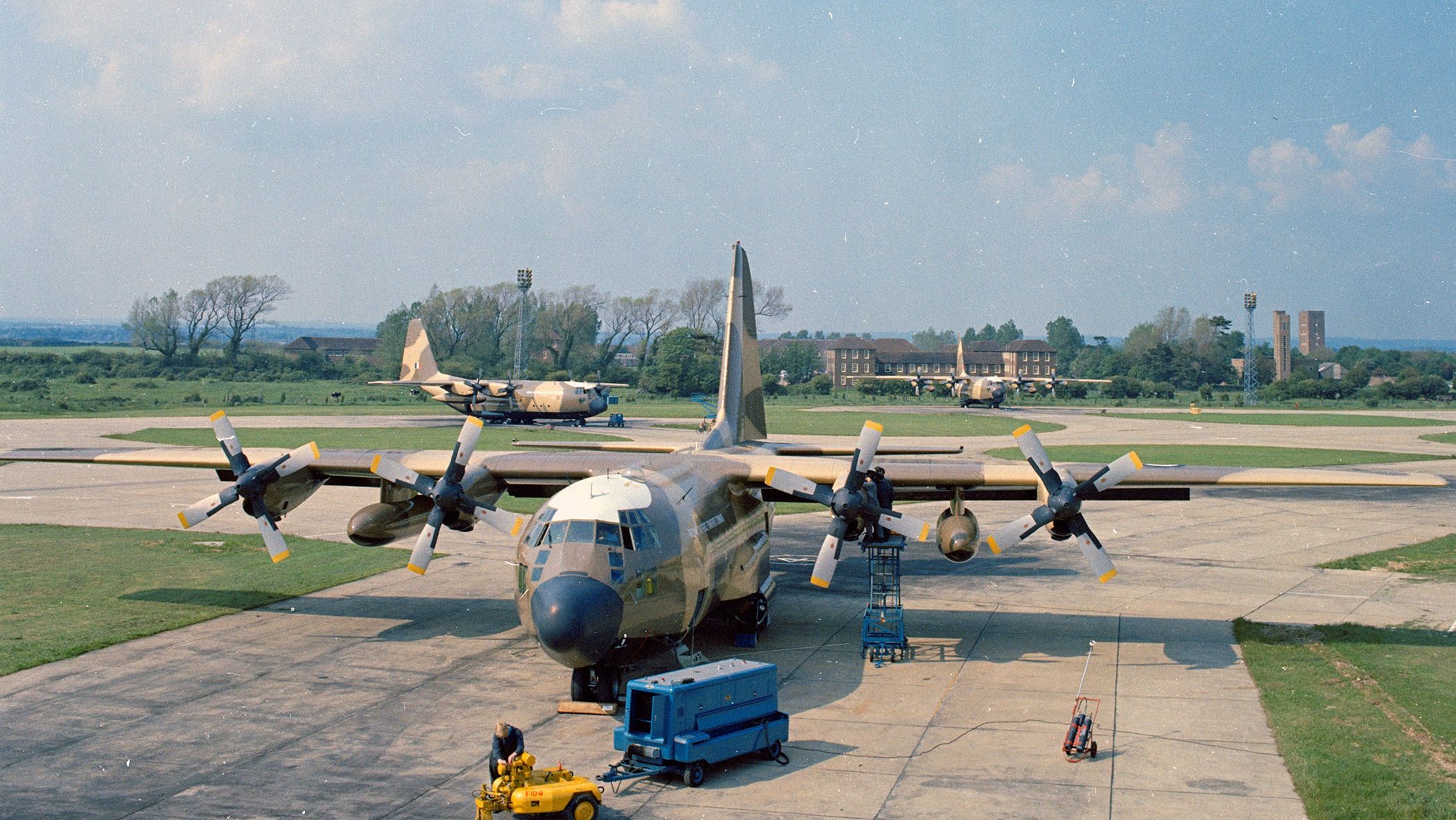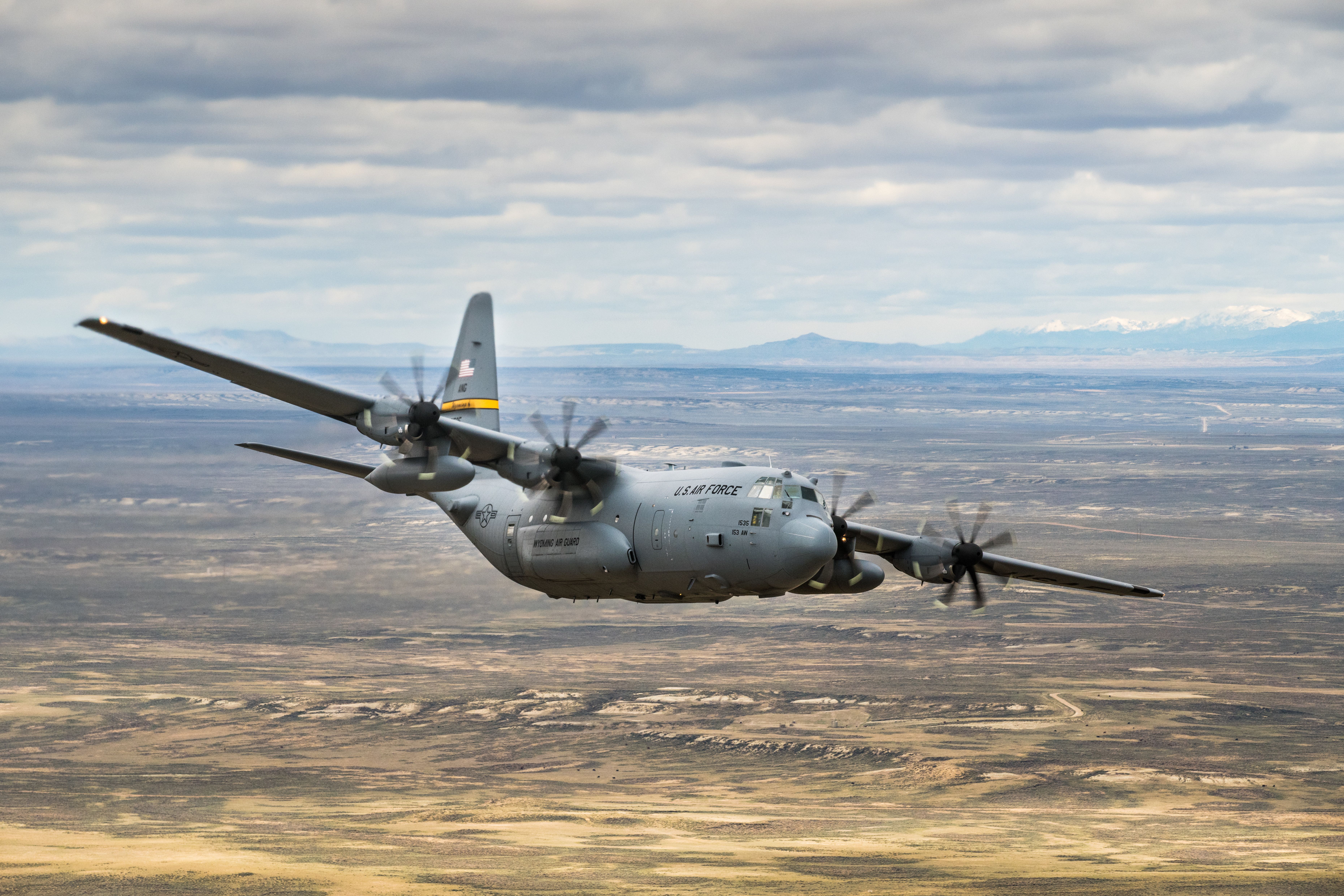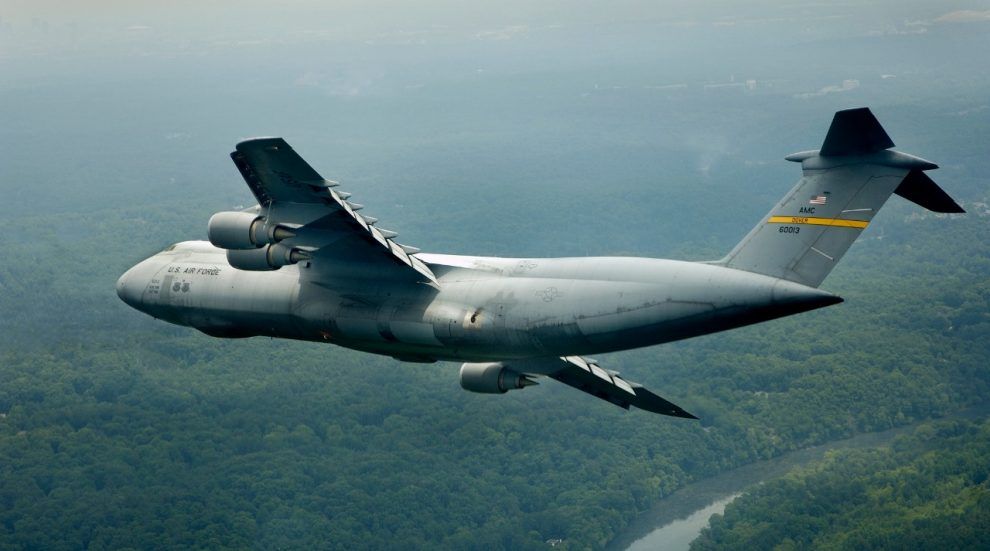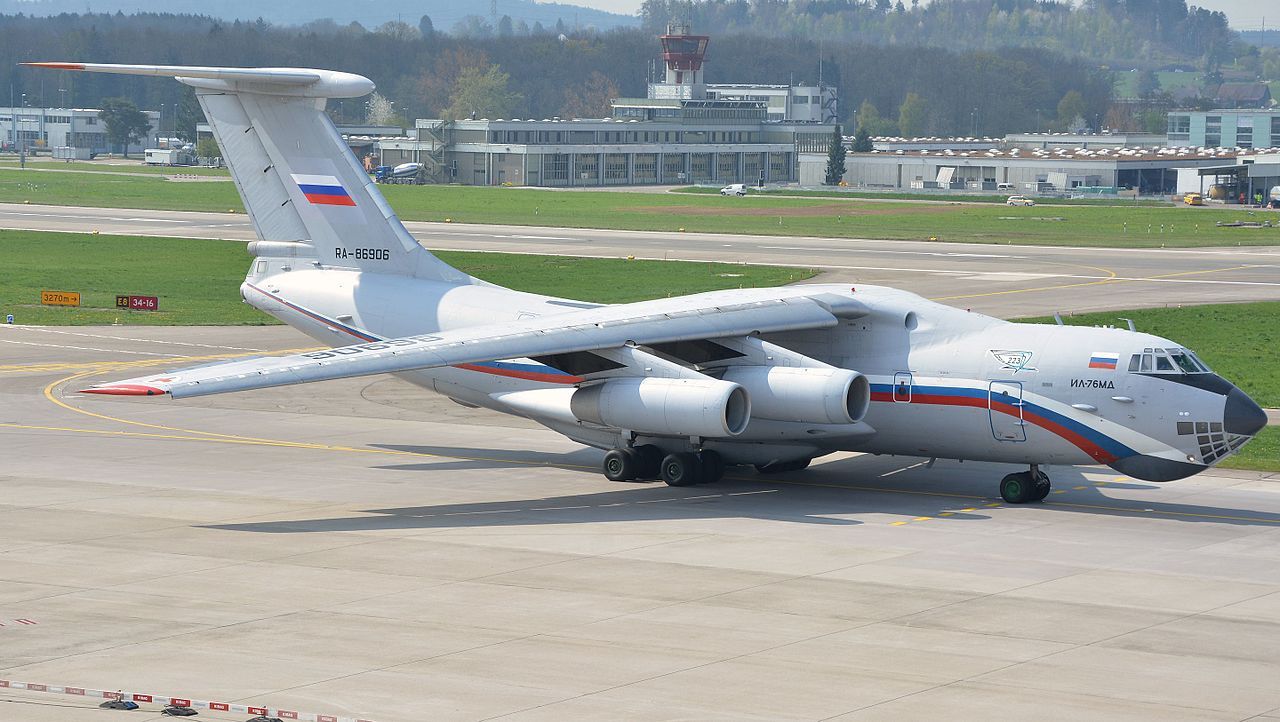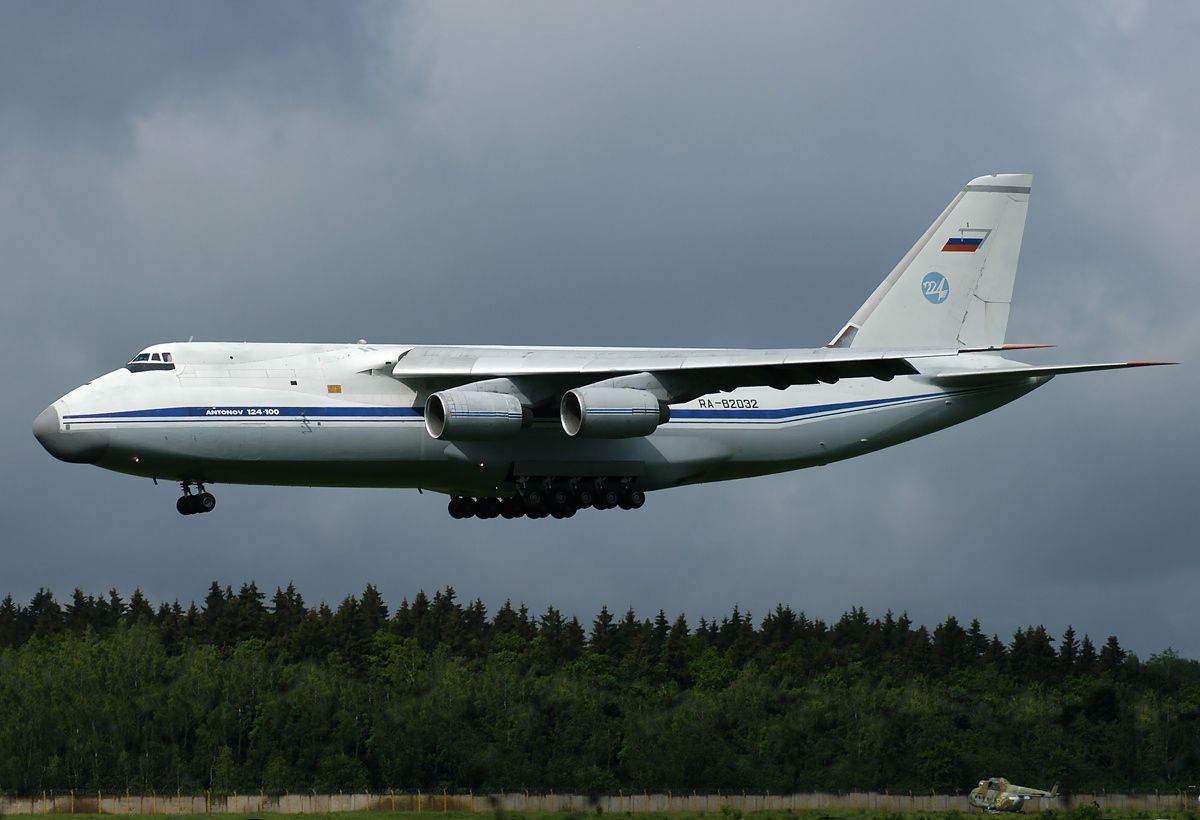Summary
- Military cargo aircraft come in various sizes, from the small C-23 Sherpa to the massive C-5M Super Galaxy and An-124 Ruslan.
- These aircraft are essential for supporting military operations, forward supply lines, and humanitarian crises.
- The Lockheed C-130 Hercules is among the most widely used military cargo aircraft, while others like the Ilyushin II-76 and Antonov An-124 also play significant roles in transporting heavy cargo.
The question of how much cargo a military transport aircraft can carry depends entirely on the size of the plane. Military cargo aircraft come in all shapes and sizes, from the Short C-23 Sherpa and Antonov An-26 to monsters like the Lockheed C-5M Super Galaxy and the Antonov An-124 Ruslan.
Used to support strategic and tactical military operations, these cargo planes are mainly used to airlift troops and freight to places that are difficult to reach by land or water. Military cargo aircraft are crucial to supplying forward supply lines and play a vital role in humanitarian crises like natural disasters.
Military cargo aircraft in service today
Putting the smaller aircraft to the side as they have limited cargo space, the best-known and most-used cargo aircraft still flying is perhaps the Lockheed C-130 Hercules.
Lockheed C-130 Hercules
Designed and built by Lockheed Martin, the aircraft was intended to be a multirole troop, medevac, and cargo transport aircraft. During the Korean War (1950-1953), military planners concluded that piston-powered aircraft like the Douglas C-47 Skytrains were insufficient. In 1951, the United States Air Force (USAF) issued a General Operating Requirement (GOR) for a new transport aircraft.
Photo: USAF
Unlike civilian transport planes, the Air Force wanted a combat transport that could be loaded from a rear-hinged ramp. The aircraft’s cargo compartment needed to be 41 feet long, nine feet high, and 10 feet wide. Lockheed won the order with its four turboprop-powered C-130. The Lockheed C-130 Hercules has space for six standard NATO pallets or 16 CDS bundles. The bundles are most commonly used for aerial insertion of military supplies to troops on the ground. Besides cargo, the Lockheed C-130 Hercules can transport 90 combat troops or 64 paratroopers. The maximum payload of both freight and crew cannot exceed 42,000 lbs.
Since entering service with the USA in 1956, the C-130 has become the most continuously produced aircraft in history, with a new variant, the Lockheed Martin C-130J Super Hercules, still being built.
Lockheed C-5 Galaxy
In the 1960s, the USAF began looking for a jet-powered heavy-lift cargo aircraft with an intercontinental range for global operations. While the Air Force liked Boeing’s proposal, Lockheed’s aircraft still fit the bill but was less costly.
Photo: Lockheed Martin
In the beginning, things did not go to plan, with costly delays due to technical issues delaying its introduction into service. The first C-5A was delivered to the USAF on 17 December 1969 and had its first mission during the Vietnam War in the summer of 1970.
The Lockheed C-5 Galaxy has a standard seven-man crew, which includes three loadmasters. The lower deck cargo compartment on a Lockheed C-5 Galaxy is 121 feet long, 19 feet wide, and 13.5 feet high. The Lockheed C-5 Galaxy can carry thirty-six 463 L master pallets with a maximum weight of 281,000 lbs. Above the cargo deck, which features nose and rear-opening cargo doors, is an upper deck with 80 rear-facing passenger seats. The Lockheed C-5 Galaxy is the largest cargo aircraft the United States Air Force (USAF) uses to transport troops and cargo. Because of the plane’s massive size, it needs a runway at least 8,300 feet long.
Ilyushin II-76
Designed to replace the Antonov An-12, the Ilyushin Il-76 is a four-turbofan-powered strategic military airlifter. Due to its ability to operate from unpaved runways, the Ilyushin II-76 is extremely useful in underdeveloped areas.
The Ilyushin II-76 can carry up to 50 tons of cargo or 140 troops or 125 paratroopers. The Ilyushin II-76 has a range of 2,268 miles with a full payload and can operate under harsh conditions like winters in Siberia. The Ilyushin II-76 is commonly used to deliver goods and people to bases in Antarctica. Besides several privately owned Ilyushin II-76s, the aircraft remains in service with the Russian, Indian, and Ukrainian Air Forces.
Antonov An-124 Ruslan
The Antonov An-124 Ruslan can carry up to 150 tonnes of cargo and accommodate 88 passengers on its upper deck. Its cargo hold dimensions are 118 feet long, 21 feet wide, and 14 feet high. The aircraft has a maximum range of 2,300 miles with a full load. Notably, it is not used to deploy paratroopers because only the upper seating area and the cockpit are pressurized.
The Antonov An-124 Ruslan was designed and developed in the 1970s as a Soviet heavy-lift aircraft similar to the Lockheed C-5 Galaxy. The An-124 Ruslan made its maiden flight in 1982 and entered service with the Soviet Air Force in 1987. Able to transport Russian armored vehicles, the Antonov An-124 Ruslan is the world’s largest military aircraft. Well-known is the Antonov An-225 Mriya, which was larger but unfortunately became a casualty during the Russian invasion of Ukraine.
Sources: Military Today

